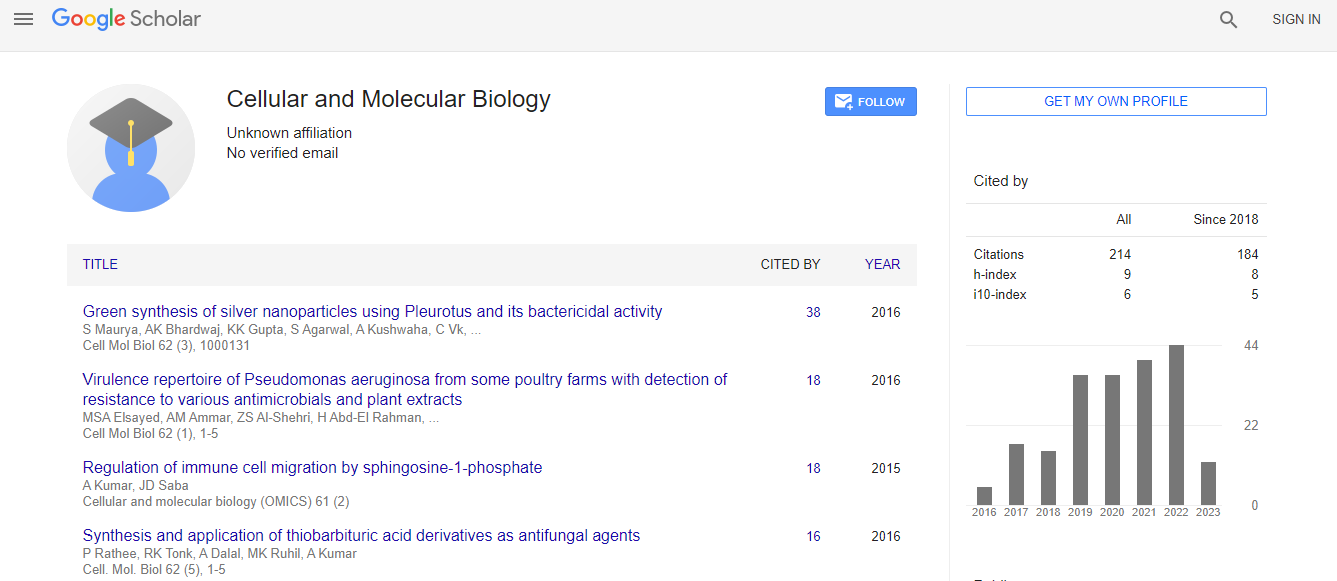Review Article
Characteristics of Cold Adapted Enzyme and Its Comparison with Mesophilic and Thermophilic Counterpart
Abstract
The large proportion of earth’s biosphere (>70%) has cold environments in the form of ocean depths, glaciers, polar and alpine regions; and are dominated by psychrophiles. The ability of psychrophiles to proliferate in cold habitat is due to its unique capacity to transcribe, translate and synthesize cold-adapted enzymes which catalyses biochemical reactions at low temperature. The most of psychrophilic enzymes optimize their high activity at low temperature at expense of substrate affinity and reduction in free energy barrier of the transition state. Psychrophilic enzyme has optimum activity relatively at lower temperature than mesophilic and thermophilic counterpart. We have observed that there is no definite relation between Km value of psychrophilic, mesophilic and thermophilic enzymes. It has also been observed that psychrophilic enzymes denatured at relatively faster and at lower temperature than mesophilic and thermophilic counterpart. In this review, attempts have been made to compile up to date advances in the field of psychrophilic enzymes and compare its characteristics with mesophilic and thermophilic counterpart.

 Spanish
Spanish  Chinese
Chinese  Russian
Russian  German
German  French
French  Japanese
Japanese  Portuguese
Portuguese  Hindi
Hindi 
